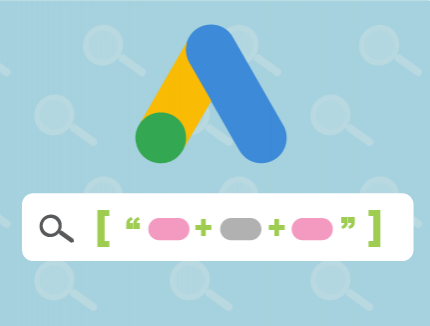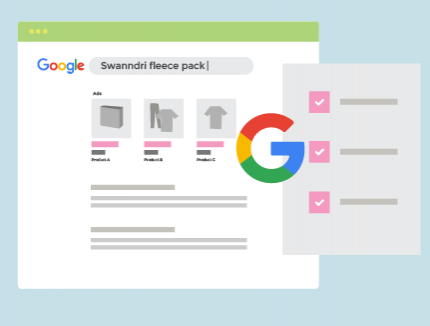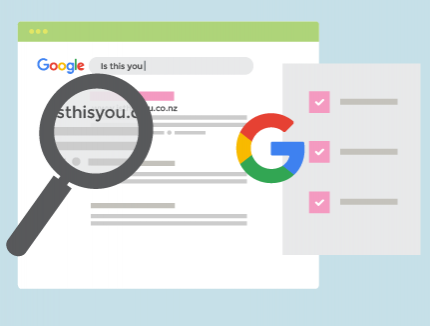BLOG
Push Notifications: Best Practice
Last month we wrote a post on how to engage customers with push notifications and talked about what they are used for and the benefit to businesses . To recap, a push notification is a way for a business to send its users a notification — about their products and services for example — direct to their desktop or mobile screen, regardless of what programs or apps they have running. The notification is ‘pushed’ to the user without them having to do anything, allowing them to click or tap it to head to the related website or app. Notifications can be employed in almost any situation where the user has opted-in to accept them and the merchant wants to alert them of something.
The whole idea of push notifications got us thinking about best practice and making sure that the line between spamming your customer and offering them a well-thought out, well-timed and relevant notification isn't crossed. With that in mind, here are our ideas that will ensure you keep in your customers’ good books.
The very first step is to establish a strategy for your notification campaigns. Set goals for key performance indicators (KPIs) and be very clear on what it is you expect people to do with each notification they receive and your intended outcomes. For example, if you’re wanting people to click through to your site to view a special offer, how many conversions do you want from that campaign?
What follows are what we believe are the top three best practice considerations when planning a push notification campaign:
Make it relevant
- Ensure your notification appeals to your audience — be it based on their preferences, behaviour or location.
- Make sure you are providing something of value — don’t send marketing messages unless there’s something in it for the user.
- The key is to personalise messages. Make sure your customers feel the love and that messages are tailored to your audience — don’t send a broad offering that ‘cannot’ apply to a specific user.
Watch your timing
- Again, appeal to your audience based on their location with geo-targeted notifications.
- Consider local time zones and refrain from sending notifications overnight. For one thing, it’ll annoy people who don’t have devices switched to do-not-disturb. It will also mean your notification gets buried in ‘night time notification’ noise and likely swiped clean from a user’s screen without any action being taken.
- Use analytics to see when your users are most engaged with their devices (be it desktop, tablet or mobile), and schedule different campaigns for different times.
- Watch your timing between notifications — be courteous and don’t send too many in a short time period.
Make it actionable
- You only have a limited number of words to get your message across, so choose those words carefully. Spell out exactly what you’re offering and what the user needs to do.
- Make sure you’re sending users to a relevant target page where they can take some action — never send them to a random page on the website or app where they then need to figure out what to do next. Do the thinking for them!
The final and most important thing is to experiment, test and then evaluate the success. If you’re tracking KPIs both positive (e.g. open rates and conversions) and negative (e.g. low opt-in rates and app uninstalls) then you’ll be in a better position to tailor campaigns to your audience and they’ll remain happy receiving your notifications.
Need some inspiration?
Check out this great post from the folks over at CleverTap which gives a host of great tips to make dramatically better messages.
Pushing customer engagement with notifications
If you’d like to learn more about how push notifications can be used to bolster your customer engagement efforts, get in touch today. We’d love to help.









